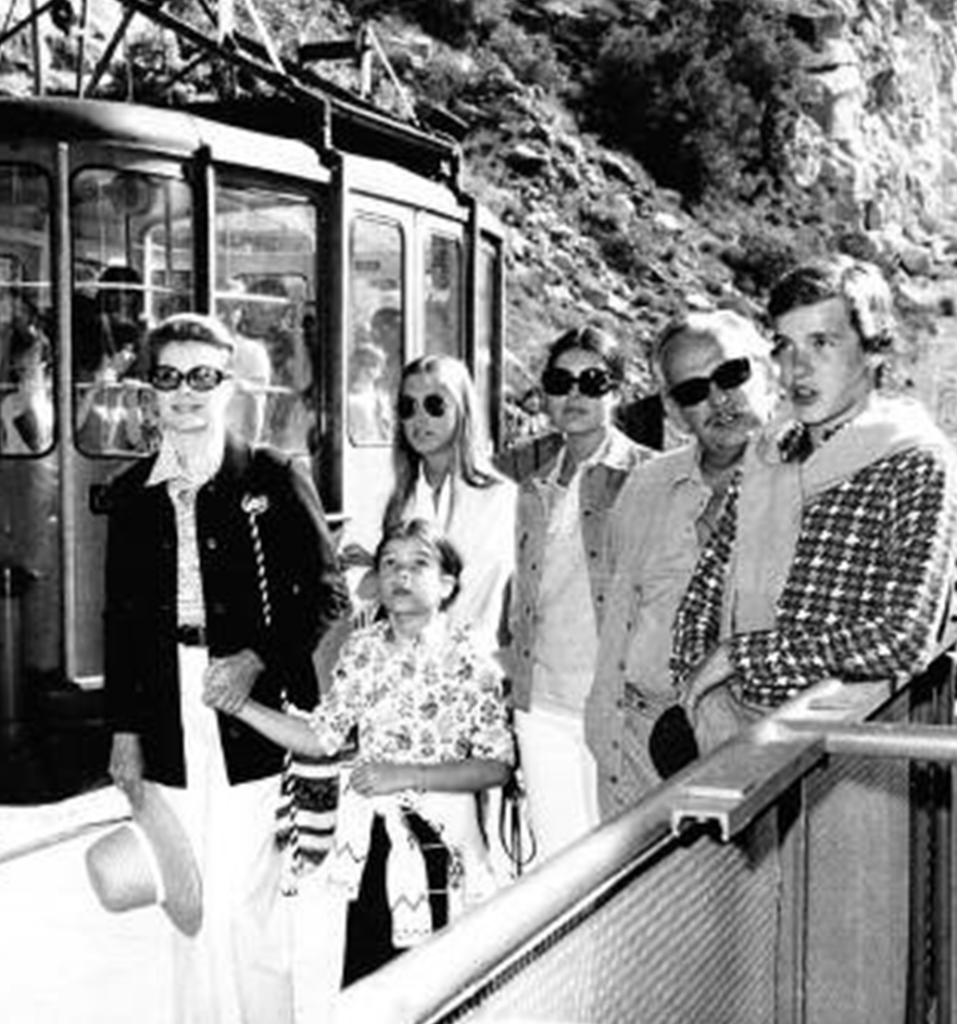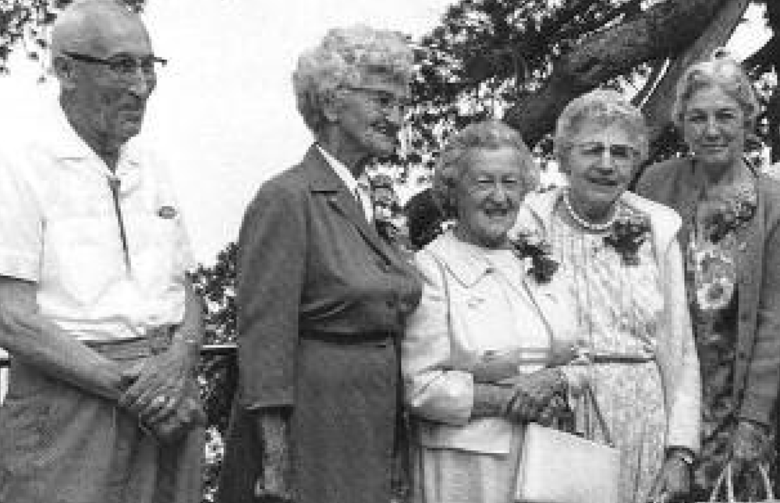
The most dramatic attraction in Palm Springs is an unforgettable ride—straight up the mountain.
The Palm Springs Aerial Tramway, which opened in 1963, was outfitted during the summer of 2000 with the world’s largest, most state-of-the-art rotating cable cars. The two 80-passenger cars slowly revolve, affording visitors both an exciting up-close view of rocky crags, and an all-encompassing panorama of the Coachella Valley floor.
The tram ride from Palm Springs’ Chino Canyon to Mount San Jacinto whisks passengers from the 2,643 foot Valley Station to the 8,516 foot Mountain Station, a climb of more than a mile, in about 10 minutes. The total route by cable is only 2 1/2 miles, making it one of the world’s steepest.
There are five towers on route, and as you near one, you can feel the car move a little vertically; then there’s a little bump, a slight drop and a sway, often provoking sounds of apprehension by the occupants.
At the end of the trip up the mountain, passengers disembark at Mountain Station—a welcome relief during the summer months. It’s quite typical to note a temperature range of 30 to 40 degrees or more. The Mountain Station is the gateway to the 14,000 acre Mount San Jacinto State Park and Wilderness Area. There are 54 miles of hiking trails, campgrounds, refreshing streams and verdant valleys. The trails range from short walks to more ambitious hikes, including overnighting and summiting the various peaks.
The Mountain Station also features a restaurant, a cocktail lounge, a snack bar, a gift shop, a museum and a theater showing a documentary film on the history of the tramway.
A Dream That Never Died
The tramway was the fulfillment of a dream that took 28 years to come to fruition.
It was in the summer of 1935 when two Palm Springs men were driving to a Kiwanis meeting in Banning. Electrical engineer Francis Crocker mentioned to Carl Barkow, publisher of The Desert Sun, that it would be nice to take people up to the top of the mountain to cool off. Crocker immediately envisioned a tramway up the sheer cliffs to the snowcapped summit.
“Crocker’s Folly” was born, and he set about garnering support. He enlisted the aid of O. Earl Coffman, the manager of the Desert Inn and the son of area pioneer Nellie Coffman. The pair, along with the energetic Frank Bogert, received a lot of local enthusiasm, but ran into political roadblocks. Early on, they were also opposed by environmental groups who feared the construction would threaten wildlife.
The objective was to create a Mount San Jacinto Winter Park Authority, which would then generate the funding and plan the massive effort. The bill to establish the authority was vetoed by Gov. Culbert Olson in 1941, and in 1943, Gov. Earl Warren let a similar bill die, shelving the plans during the war.
Gov. Warren did sign a third bill in 1945 and a seven person governing board was appointed, with Coffman as the chairman, and Crocker as the secretary.
No Public Money
As rights-of-way were acquired for private and Indigenous lands, and designs were considered, the authority raised funds via the sale of bonds. No public money went into the project, and all of the $8 million-plus in bonds was paid off by 1996.
Coffman spent two years in Switzerland to observe and evaluate trams and negotiate with the Von Roll Company for the equipment. The original two cars, as well as the two new ones, were built in Switzerland and shipped to Palm Springs.
From an engineering standpoint, the project became, according to some, the “eighth wonder of the world.” Only the first tower is accessible by road, so helicopters flew some 23,000 trips over 26 months, without significant mishaps, to construct the other towers, and to ferry the men and materials for the 35,000-square-foot Mountain Station.
The Mountain Station was designed by E. Stewart Williams, who had already achieved fame as one of the mid-century modernists. On the mountain, he developed a rustic, outdoors look, adhering to state park guidelines.
The noted modernist Albert Frey, using man-made materials, designed the Valley Station, which accentuates its marriage with nature by spanning the creek.
Open in 1963
It didn’t take long for the negative term “Crocker’s Folly” to go by the wayside. Instead, Francis Crocker is now known as the “Father of the Tram.”

His dream was completed in 1963, with the inaugural rides in September. Some celebrities, including Walt Disney and Red Skelton, marked the event by hosting parties in their Palm Springs homes.
The tram has been ridden by governors, senators, presidents and princes, not to mention scores of other celebrities from the sports and entertainment world. Episodes of Mission: Impossible, Mannix, General Hospital and Beverly Hills 90210 were all filmed there. In The Six Million Dollar Man, Lee Majors actually did his own stunt work, crawling on the cables.
Crocker himself was apparently not present for opening day, having previously resigned in a dispute with other members of the Mount San Jacinto Winter Park Authority.
If Francis Crocker is considered the Father of the Tram, then O. Earl Coffman must be considered the Godfather of the Team. Coffman traveled far and wide, lobbying politicians in Riverside, Los Angeles, San Francisco, Sacramento and even Washington, D.C. Coffman died in 1967; Crocker lived until 1992.
As one of the top attractions in the Palm Springs area, tourists still flock to the tram all year long. Tramway management says more than 20 million people have traveled on the tram since 1963.
Sources for this article include Desert Memories, published by The Desert Sun (2002); Palm Springs Legends by Greg Niemann (Sunbelt Publications, 2006); Palm Springs: First 100 Years by Mayor Frank M. Bogert (Palm Springs Heritage Associates, 1987); and the Palm Springs Aerial Tramway website.
CV History: After 62 Years, the Palm Springs Aerial Tramway Remains One the Valley’s Most Popular Attractions—for Locals and Tourists Alike is a story from Coachella Valley Independent, the Coachella Valley’s alternative news source.

